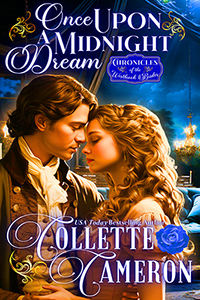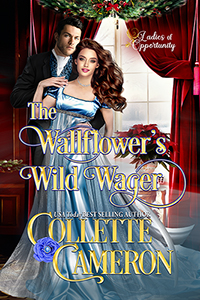I’ve done a ton of research this week. It’s bogged down my writing a bit, but I think it’s so important to have historical accuracy. Besides, I’m always amazed at what I find.
Today I’m talking about the waltz. Considered shocking and risque when it was first introduced, after all there was a great deal of physical contact, the dance was destined to be a hit.
Some sources suggest the waltz can be traced back to the 16th century, but it didn’t became a common dance (except for in England) until the late 18th century.
Some sources suggest the waltz can be traced back to the 16th century, but it didn’t became a common dance (except for in England) until the late 18th century.
The English waited a bit longer to accept the scandalous dance.
Around 1810 the wicked dance started to be seen in Regency ballrooms. Nonetheless, it was
still considered improper. It gained popularity as the period progressed, becoming one of the most sought after dances between sweethearts.
During the Regency Era, a man wasn’t permitted to waltz with a young woman at Almack’s unless one of the Patronesses introduced them and approved the dance. The whole dancing thing was highly formal too. Unless you were betrothed or married, a couple absolutely could not dance together more than twice. Scandalous!
I’ve always thought the waltz was terribly romantic. At some point or other, I’ve had all my hero and heroines waltzing together. In fact, it was a waltz that was the catalyst for Ian and Vangie’s story in The Viscount’s Vow.
All of these images are courtesy of Wikimedia Commons.











